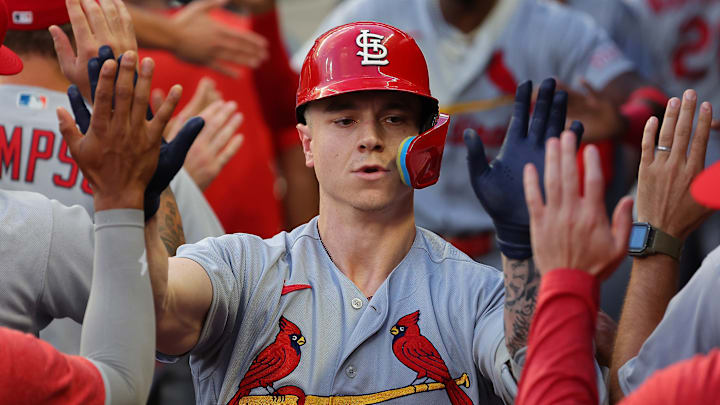Dakota Hudson
Pitchers can be tough to quantify, as they typically switch from starting to relieving early in their careers, and they can even be sent down to the minors more frequently due to underperformance. Dakota Hudson has had a rollercoaster of a career thus far. He has started in 79 of his 114 games in the majors, and he has accumulated 470.2 innings in that time. He has just over 4 years of service time.
Dakota Hudson has a 3.84 ERA, 1.390 WHIP, a 4.63 FIP, and a 107 ERA+. Hudson experienced reasonable success in his first four seasons (2018-2021), but he has since fallen to a below-average pitcher. Hudson's peak was in 2019 when he ended up being 5th in Rookie of the Year voting. He has never been known as a strikeout pitcher, and his numbers back that up.
Chris Bassitt of 2021 is probably the closest case we have to Dakota Hudson up to this point in his career. After the 2020 season, Bassit had a 3.59 ERA, 4.07 FIP, 1.275 WHIP, and 115 ERA+ in just under 400 innings. He had accrued just over 4 years of service time up to that point as well. Bassitt was a better pitcher than Hudson by then, and he was rewarded with a $4.9 million arbitration deal from the Oakland Athletics. Hudson's projection of $3.7 million is noticeably less than Bassitt's, and that seems reasonable given the gap in performance between the two.
